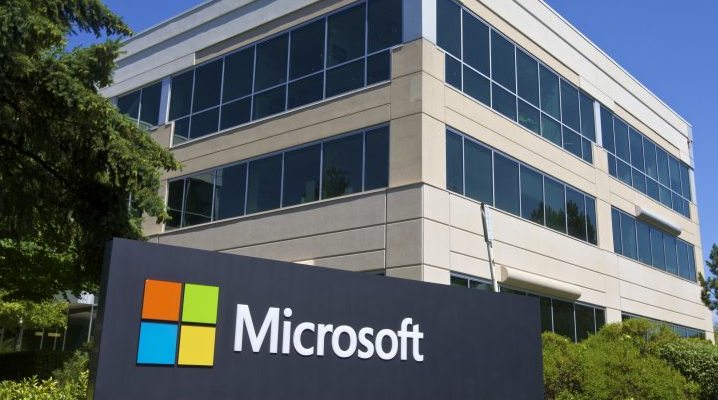 CLOUD
CLOUD
 CLOUD
CLOUD
 CLOUD
CLOUD
Microsoft Corp. today debuted Azure private MEC, a suite of so-called multi-access edge computing hardware, software and cloud services that enterprises can use to set up private 5G networks at locations such as factories.
There is a growing number of scenarios where companies prefer to process data at the location where it was generated instead of in the cloud. A manufacturer, for example, may wish to analyze error logs from factory equipment using servers located in the factory itself. Such a setup reduces error analysis times because the data takes less time to reach the on-premises servers than it would a remote cloud platform.
A more sophisticated implementation of the same concept involves setting up a dedicated 5G network in the factory. The systems running on the factory floor can then use the ultrafast connectivity enabled by 5G to exchange data even faster and perform tasks such as real-time analytics that weren’t possible with slower connections. This is the use case Microsoft is targeting with Azure private MEC.
An edge computing environment with a private 5G network has three basic building blocks: on-premises hardware, software applications that perform networking tasks such as processing data packets and a separate set of software tools for managing the deployment. The Azure private MEC platform includes all three.
For managing on-premises 5G deployments, Microsoft today introduced a service called Azure Network Function Manager in preview that’s included with Azure private MEC. It provides a centralized administration interface through which engineers can orchestrate the software applications that perform networking tasks such as processing packets. For complex applications that take a lot of manual work to set up, engineers can create scripts to automate deployment.
Such network management applications are known in the telecommunications industry as network functions. Via the Azure Network Function Manager interface, engineers can download network functions made by Microsoft and third-party functions from the Azure Marketplace, the technology giant’s app store for cloud software.
Among the available functions are two solutions based on technology that Microsoft obtained last year through its purchases of Affirmed Networks Inc. and Metaswitch Networks Ltd. It was reported at the time that the combined value of the deals had exceeded $1 billion.
The first solution available to Azure private MEC customers is called Fusion Core. Based on technology that Microsoft obtained through the Metaswitch deal, Fusion Core provides the essential software building blocks necessary to run a 5G network, including features for managing connections between systems, sending data packets and enforcing cybersecurity rules. It’s delivered as a containerized application that companies can manage with Kubernetes.
Another network function available to customers is the Affirmed Private Network Service. It’s similar to Fusion Core but targets enterprise 5G networks that are managed on a company’s behalf by a telecommunications provider. With the software, carriers can automate key networking tasks in customers’ deployments and monitor the infrastructure for technical issues.
The various software components in Azure private MEC run on Azure Stack Edge appliances. The appliances, which Microsoft debuted last year, are small edge computing servers that allow companies to set up a miniaturized version of Azure in their on-premises environments. Administrators can manage Azure Stack Edge hardware using the same tools with which they orchestrate public cloud resources.
Microsoft says that, thanks to the fact Azure private MEC’s components are pre-integrated with one another, the offering makes it easier to set up 5G-enabled edge computing environments. “Microsoft understands that enterprises see the edge and private wireless as key to success, but there are challenges,” said Tad Brockway, corporate vice president of Microsoft’s Azure for Operators business. “Our goal is to perform this service with minimal disruption to existing business models.”
Once it’s established, he added, “enterprises can work within a single dashboard view, for both on-premises and cloud-based deployments, streamlining management of operations.”
THANK YOU